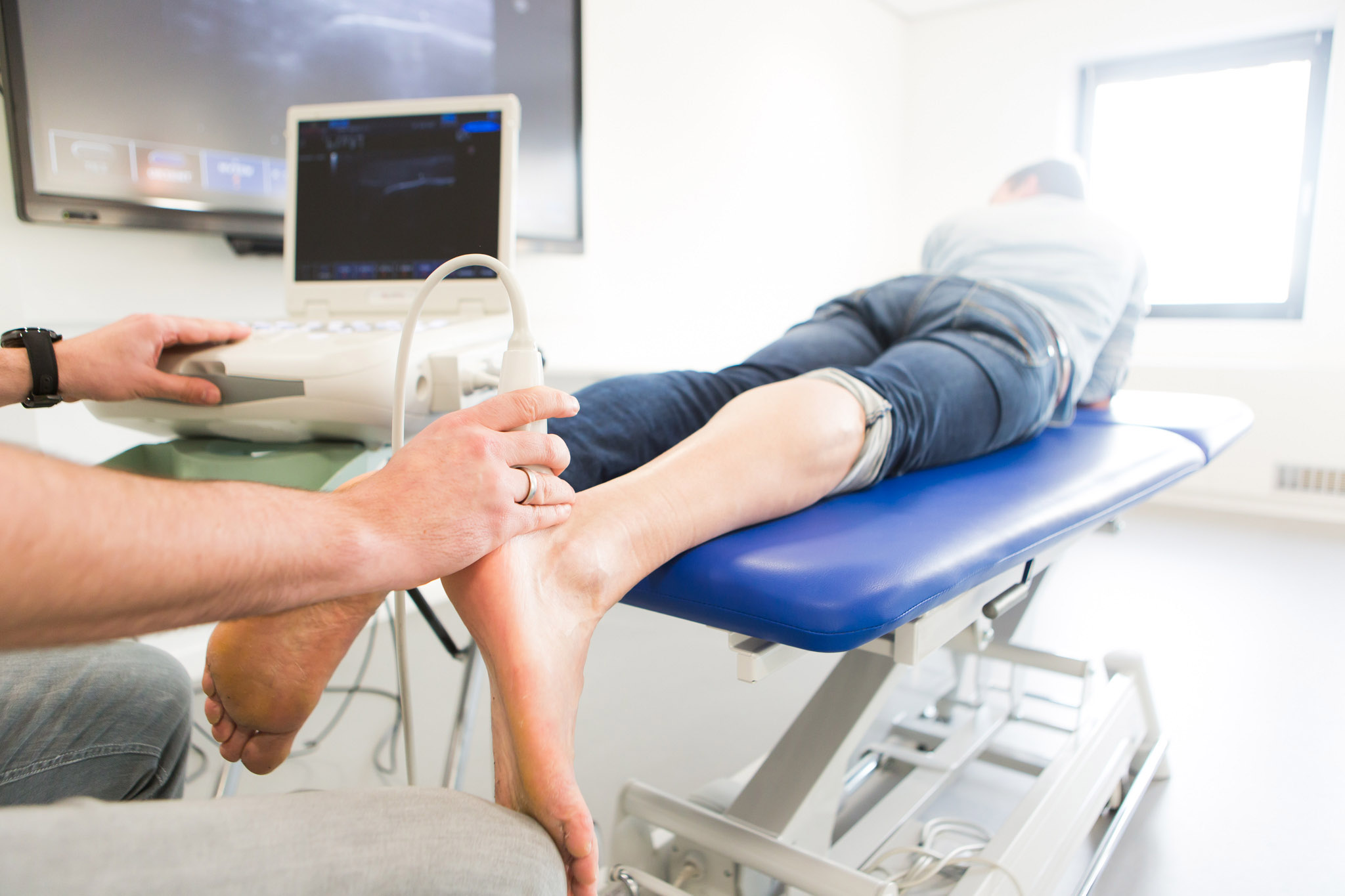
Musculoskeletal ultrasound
Musculoskeletal ultrasound in nagpur imaging uses sound waves in order to produce pictures of muscles, tendons, ligaments, nerves, or joints, which are located throughout the body. It is used to help diagnose sprains, strains, tears, trapped nerves, arthritis, or other musculoskeletal conditions. Ultrasound is safe, noninvasive, or does not use ionizing radiation.
This procedure involves very little in the way of special preparation. Jewelry should be left at home, or it is acceptable to wear loose, comfortable clothing. In some clinics, a gown is required to be worn for the procedure.
Musculoskeletal ultrasound, or MSK ultrasound, is an image diagnostic tool providing views of the musculoskeletal system through the use of high-frequency sound waves. Areas commonly imaged include muscles, tendons, ligaments, joints, and bones. MSK ultrasound is often used for:
1. Diagnosing conditions and injuries like:
– Muscle strains
– Tendonitis
– Ligament sprains
– Rotator cuff tears
– Meniscal tears
2. Assisting needle placement for:
– Corticosteroid injections
– Pain management
– Biopsies
3. Analyzing movement of muscles and tendons.
4. Assessing joint fluid and synovitis.
5. Detection of foreign bodies, such as splinters.
Benefits of MSK Ultrasound over other imaging modalities include:
1. Real-time imaging
2. High-resolution imaging
3. No radiation
4. Non-invasive
5. Cost-effective
Common applications for MSK ultrasound include:
1. Shoulder Ultrasound (rotator cuff, shoulder impingement)
2. Elbow Ultrasound (tennis elbow and golfer’s elbow)
3. Hip Ultrasound (Hip joint, gluteal tendons)
4. Knee Ultrasound (meniscal tears, ligament sprains)
5. Ankle and Foot Ultrasound (Achilles tendonitis, plantar fasciitis)
Another kind of evaluation for musculoskeletal conditions is MSK ultrasound, which is non-invasive and useful, but with the added advantage that it is portable and can be performed at bedside.
What Is a Musculoskeletal ultrasound?
MSK ultrasound is a minimally invasive medical imaging test that utilizes high-frequency sound waves to help in the creation of images in the musculoskeletal system, including muscles, tendons, ligaments, bones, and joints. MSK ultrasound procedures include:
- Utilized to diagnose any injury or disease affecting the musculoskeletal system
- Helps guide placement of a needle for injections, biopsies, among other procedures.
- Monitor movement of muscles and tendons.
- They evaluate the joint fluid and synovitis.
- Detect foreign bodies such as splinters.
MSK ultrasound has the following advantages:
1. Real-time imaging
2. High resolution
3. No radiation
4. Non-invasive
5. Cost-effective
MSK ultrasound is helpful in diagnosing many musculoskeletal conditions, including:
1. Rotator cuff tear
2. Tendonitis
3. Ligament sprain
4. Meniscal tear
5. Carpal tunnel syndrome
6. Plantar fasciitis
Summary
MSK ultrasound is a significant tool used for delivering necessary information for the diagnosis and management of musculoskeletal conditions, and the whole population loves this modality due to its non-invasive nature.
Uses of Musculoskeletal Ultrasound:
Diagnosing Muscle and Tendon Injuries:
- Evaluates conditions like tears, strains, and inflammation in muscles and tendons, such as rotator cuff injuries in the shoulder or Achilles tendon injuries in the ankle.
Assessing Ligament Injuries:
- Identifies sprains, tears, or abnormalities in ligaments, commonly in areas like the knee, ankle, or wrist (e.g., anterior cruciate ligament [ACL] tears or ankle sprains).
Joint Disorders:
- Detects inflammation, fluid buildup (joint effusion), and structural abnormalities in joints, such as arthritis or synovitis.
Guiding Injections:
- Used to guide the placement of corticosteroid or platelet-rich plasma (PRP) injections directly into the affected area for more effective treatment of conditions like bursitis or tendonitis.
Detecting Nerve Entrapments:
- Assesses conditions such as carpal tunnel syndrome, where nerves are compressed, causing pain or numbness.
Evaluating Soft Tissue Masses:
- Identifies benign or malignant soft tissue masses, such as lipomas or cysts, and helps differentiate them from other tissue structures.
Monitoring Healing:
- Tracks the progress of healing in fractures, muscle injuries, or after surgeries to ensure proper recovery.
Bursitis and Tendonitis:
- Diagnoses inflammation of the bursae (fluid-filled sacs) or tendons, often seen in areas like the elbow, shoulder, and knee.
What procedures of Musculoskeletal ultrasound?
Musculoskeletal (MSK) ultrasound procedures include:
1. Muscle ultrasound:
– Evaluates muscle injuries, strains, and tears
– Assesses muscle size and shape
2. Tendon ultrasound:
– Diagnoses tendonitis, tendinosis, and tears
– Evaluates tendon thickness and caliber
3. Ligament ultrasound:
– Detects ligament sprains and tears
– Assesses ligament stability
4. Joint ultrasound:
– Evaluates joint effusion, synovitis, or cartilage damage
– Guides needle placement for joint injections
5. Bone ultrasound:
– Detects fractures, osteomyelitis, and bone tumors
– Evaluates bone density and mineralization
6. Soft tissue ultrasound:
– Diagnoses soft tissue masses, cysts, and foreign bodies
– Guides needle placement for biopsies or aspirations
7. Nerve ultrasound:
– Evaluates nerve compression, entrapment, and damage
– Guides needle placement for nerve blocks
8. Guided injections:
– Corticosteroid injections for pain management
– Hyaluronic acid injections for joint lubrication
9. Musculoskeletal intervention:
– Aspirations of fluid collections or abscesses
– Biopsies of soft tissue masses and bone lesions
10. Post-operative evaluation:
– Monitors healing progress after surgery
– Detects potential complications
At our Neurosys Multispeciality Center, we perform several key procedures including Craniotomy, which is primarily for the excision of brain tumors; V-P Shunt Surgery for treating hydrocephalus; surgeries for epilepsy; and operations targeting brain stem glioma. Beyond these, we offer a range of other neurosurgical services. If you have any questions that are not answere, please contact us through our Contact Us or Book your Appointment.
